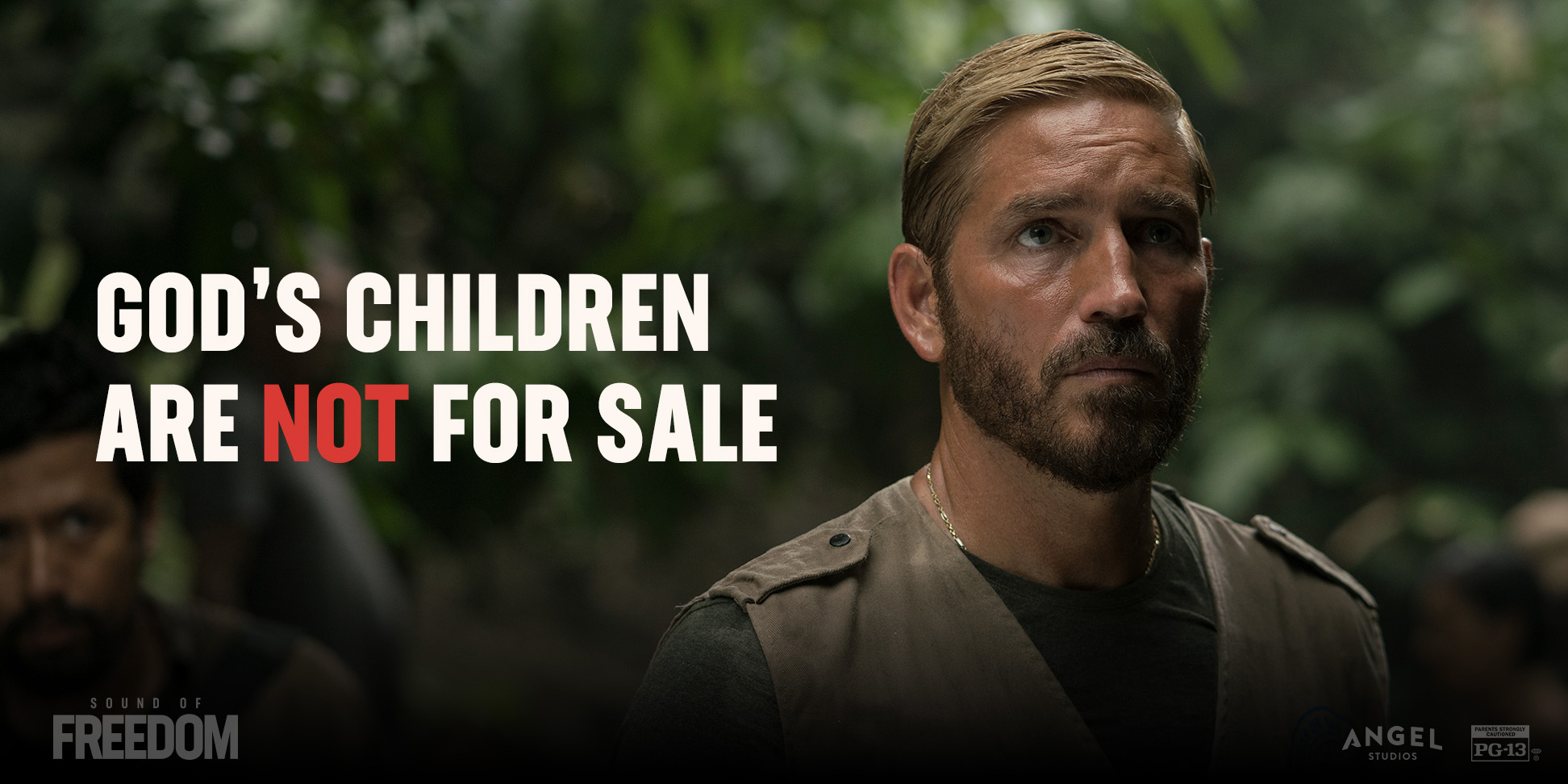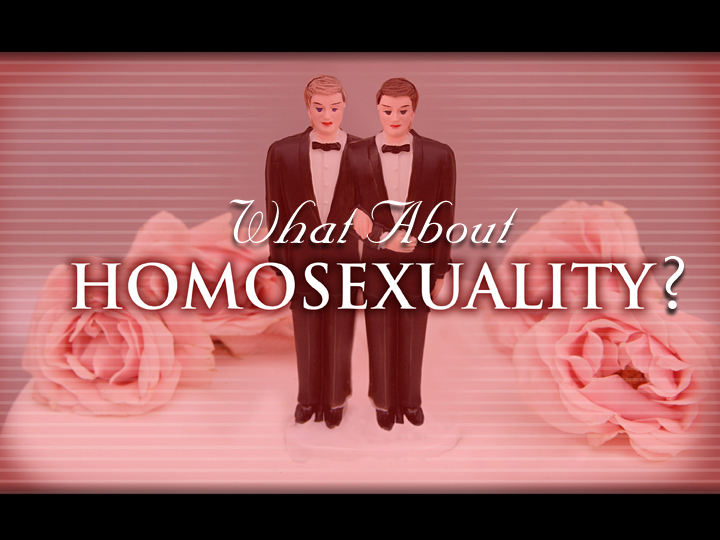Why Frozen’s “Let it Go” may be the most UN-Christian song your kids will ever sing

Two words right upfront: pipe down.
Seriously, before you start flooding my inbox and comment box with what a jerk I am for pointing out anything negative about what could arguably be the most popular animated movie to ever come out of the Disney camp, let me give you a few disclaimers.
Disclaimer #1: I like to have fun. I’m not THAT Christian. You know, the one who makes it his mission in life to rain on every parade possible no matter how many people are enjoying the floats and catching the candy getting thrown from them.
Disclaimer #2: I like Disney movies. In all honestly, I like them A LOT MORE now that Pixar is around, because the Pixar guys really raised the bar, and when Disney realized that and brought them on board, it’s upped their animation game tremendously.
Disclaimer #3: I liked Frozen. A lot. I didn’t want to, because everyone else did and so I didn’t want to be THAT guy, either. You know, the kook-aid drinking guy. But, I was already liking the movie by the time we met Olaf, and then I was as close to being the creepy 48-year-old man who wears matching Olaf socks and slippers as you can be without actually doing it. Thankfully, I didn’t become that guy.
So, after all the hype on social media about how great the movie was and how awesome the song “Let it Go” was, I think it’s safe to say that I had my “don’t get that ONE SONG stuck in your brain” guard up as I watched it with my kids. And yet, for days afterwards, I’d wake up singing it, I’d make coffee singing it, I’d post stuff on Facebook about it. Heck, in a moment that I’d like to forget, I even choreographed some of my own moves for it. Wait, I’ve shared too much.
But the longer I’d sing it, or hear others sing it, I’d be lying to you if I didn’t start to feel like there was something that just wasn’t quite right about it (and I don’t mean my choreography!). Something about this song – sung with amazing talent by many on YouTube and without amazing talent by many, many more on YouTube – just wasn’t adding up, and then, like getting smacked in the face with a snowball from a sneaky little Olaf, it hit me.
The theme song from Frozen is the exact opposite message of the Gospel.
There isn’t anything intrinsically evil about the phrase “let it go.” In fact, you could almost make the case (as I’m sure someone will later in the comments) that Paul wrote about letting it go when he penned his letter to the Philippians.
“But one thing I do: forgetting what is behind and straining toward what is ahead, I press on…” (Philippians 3:13-14)
But here’s the critical truth (and yes, I know that by pointing this out, I’m running the risk of ruining the Oscar award-winning hit song forever for a whole host of kids and their videoing parents):
Christ followers let go of rights for the sake of relationships. Queen Elsa let go of relationships for the sake of rights. It sounds so subtle, but it makes all the difference in the world.
Wait, didn’t Jesus “Let it Go,” too?
In that same letter to the believers in Philippi, Paul wrote about Jesus making a decision to let something go. Paul said that even though Jesus was equal with God, “He made Himself nothing by taking the very nature of a servant” (Philippians 2:7). In other words, Jesus let it go, but in the EXACT OPPOSITE way that Queen Elsa did.
When she let it go, she turned her back on the very people who needed her the most and walked further from them. She turned away and slammed the door and made a decision to let the storm rage on. Bottom line? As she sang her signature song about letting her responsibilities go and finally finding the freedom to be who she was, she not only ended up living in a prison of one, she left an entire city captive in her wake.
It sounds worse now then when your kids are belting it out in their royal robes, doesn’t it?
But look at what a different picture the Gospel paints. Jesus let his equality with God go so that he could walk closer to us. Elsa walked up a hill away from the hurting, but Jesus stepped down from heaven closer to the hurting. If anyone had the right to stand off at a distance, it was probably Jesus, but the Bible is clear that He lived as a servant Who was constantly trying to see how close He could get to those whom others deemed untouchable.
Queen Elsa slammed the door to escape the storm. Jesus opened the door to calm it.
So, what does this look like in everyday life?
I’d say it looks a lot like Sister Frayer. She was an elderly lady with thinning white hair that attended one of the first churches where I served as a youth pastor. She might have stood a little over 5 feet if she wasn’t so stooped over by age, but time had left her with a bit of a hump in her back and eyesight that needed very thick glasses. What I remember the most about Sister Frayer was that she would cry every time we talked, because she had lived long enough to say more goodbyes than hellos, and she couldn’t wait to leave this life and start the next one with Jesus.
And yet every month when our youth group would have youth night, there was Sister Frayer. She’d shuffle in wearing white shoes, white pants, and our white Crossfire youth group tee-shirt (which had big crosshairs on the back that perfectly encircled the hump in her back!). As a twenty something youth pastor who constantly dealt with parents who wanted me to cater to the needs of their teens, I was curious why an elderly woman with no stake in teenagers would venture out to youth night proudly sporting a youth tee-shirt, and so I asked her why she came so faithfully to something that was probably too loud, too long and too late for her.
Her response is something I’ve never forgotten…
“I’ve had my time.”
If Sister Frayer had the energy (and wasn’t more gracious than me), she’d probably punch Queen Elsa in the throat for singing so beautifully about something so ugly: our eagerness to let responsibility go in order to feel free even though Jesus showed us that freedom comes in laying our lives down for others.
Will your kids still sing the song? Probably. But when they do, I hope you’ll think of it differently, and perhaps even share with your kids why letting go isn’t a bad thing as long as we’re letting go of the selfish tendencies that so often keep us from moving closer to a world that desperately needs to see Jesus.









I can agree with this to a degree. Elsa represents the human nature so well. And that is why the other sister is so important to the story. She realized (finally) what true love is and was that example to her sister, which caused Elsa to see the truth in the end.
You’re right, Heather. As I was writing this I kept thinking how much the younger sister reminded me of what Jesus did – always pursuing the relationship with us when we were broken and felt unreachable. Yep, Jesus is the perfect example of true love! Thanks for commenting.
The song is only “unchristian” if you take it out of the context of the movie itself. Elsa sings this song at a point in time where she believes she only needs herself and nothing else. However, that misses the whole point in the arc of the story… which points to and ultimately arrives at a point which shows the exact opposite of what you’re implying.
The same could easily be said of the bible itself. If you take the law in and of itself without Christ, it is a cursed thing. However, because of the law we see that we can never truly measure up to God’s standard on our own. It is only with Christ that this message is brought to fruition which in turn shows the importance and beauty of the Law – it shows us our need for Christ.
So too, saying Let it Go is unChristian only makes sense if you remove it from its overall story. The song exists as a MOMENT within Elsa’s character arc… she later comes to learn that she was wrong and that she needed to repent.
I watched this movie, skeptical of it all, especially the song. And I have come to the conclusion that the song, out of context of the movie, is anti-gospel. But in the context of the film, it is against the moral of the film (that fear causes the pain/winter and sacrificial love casts out the fear). The song is at the point when she runs from the truth (and not truly understanding the truth). I think the song would not seem so controversial if it wasn’t such a catchy song to sing by itself. Much like older Disney songs like Hakunah Matata from the Lion King where the character is told to forget about your responsibility, but in the end learns to go back and be who he is supposed to be.
If it wasn’t for the awards it has one to remove the song from the context of the full scope of the movie, I think we would not have to worry as much.
But I agree, Sir Paul, that it must be explained to our kids, just like all of the songs we find them singing. We cannot just assume what they hear is “harmless Disney music”.
Great post and great perspective, friend.
“No right. No wrong. No rules for me.” I do believe you have a great point, Paul. Those are not words I want my son singing to the top of his lungs (Although, this is not one song I’ll hear since “girls are yucky”). As with all things in life, there are “many layers that make an onion whole”. It all boils down to what you said – making sure you speak to your child. Make sure he/she understands the context & this one song doesn’t represent one huge life concept. Well written my friend
Thanks for the read and the comment!
I look at “Let It Go” as a type of “I Am Woman Hear Me Roar” song, where the singer is declaring her freedom from an oppressed life. She is celebrating her freedom from rules because this poor girl was raised locked away from the world feeling badly about herself, and that negatively affected her. The fact is that Elsa is a non Christian character because only God can harness nature. I felt compelled to emphasize this reality to my 6 year old who since has fantasized about how great it would be to be able to freeze things. We can’t expect a non Christian character who represents magic and fantasy to reflect Christian values. If certain themes in the movie happen to align with the teachings of Christ…great. But as Christian parents we need to be aware of the reality of the situation: “Frozen” is a Disney movie, not a Christian movie. It is meant to engage the imagination of children and entertain a larger audience, not to fortify their Christian beliefs. It is what it is
Here is a thought, It’s all animated and none of the people in Frozen are real.
So true! Of course, the kids that sing the songs (over and over and over!) are very real.